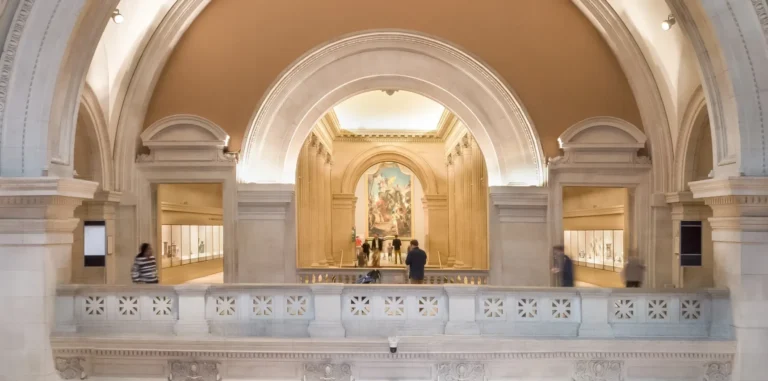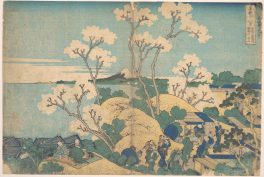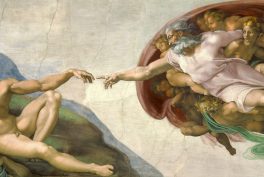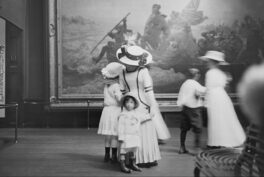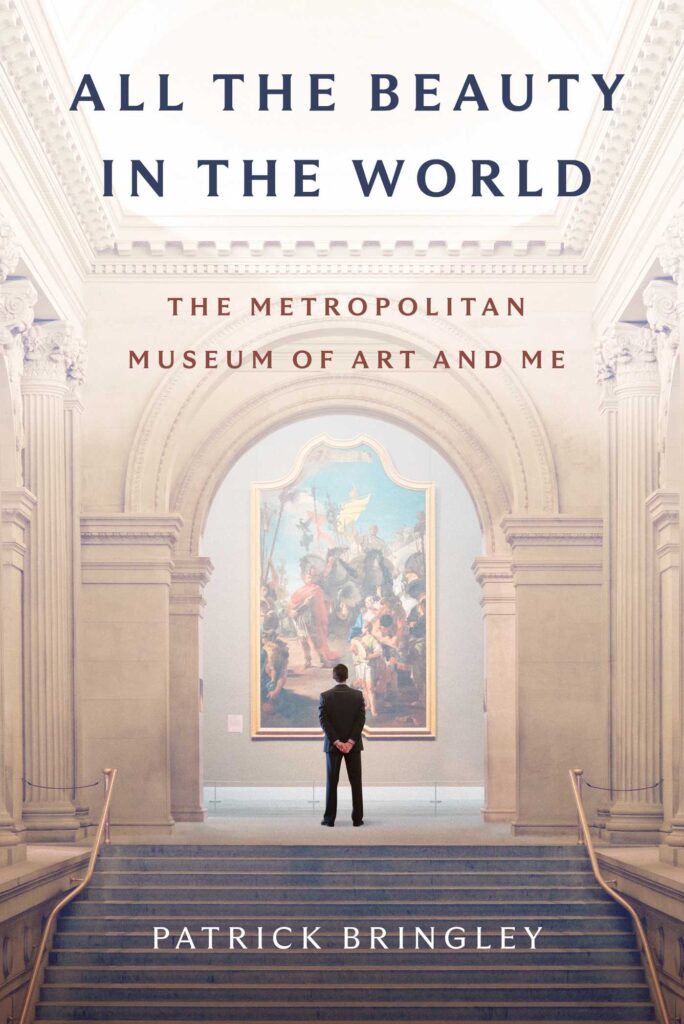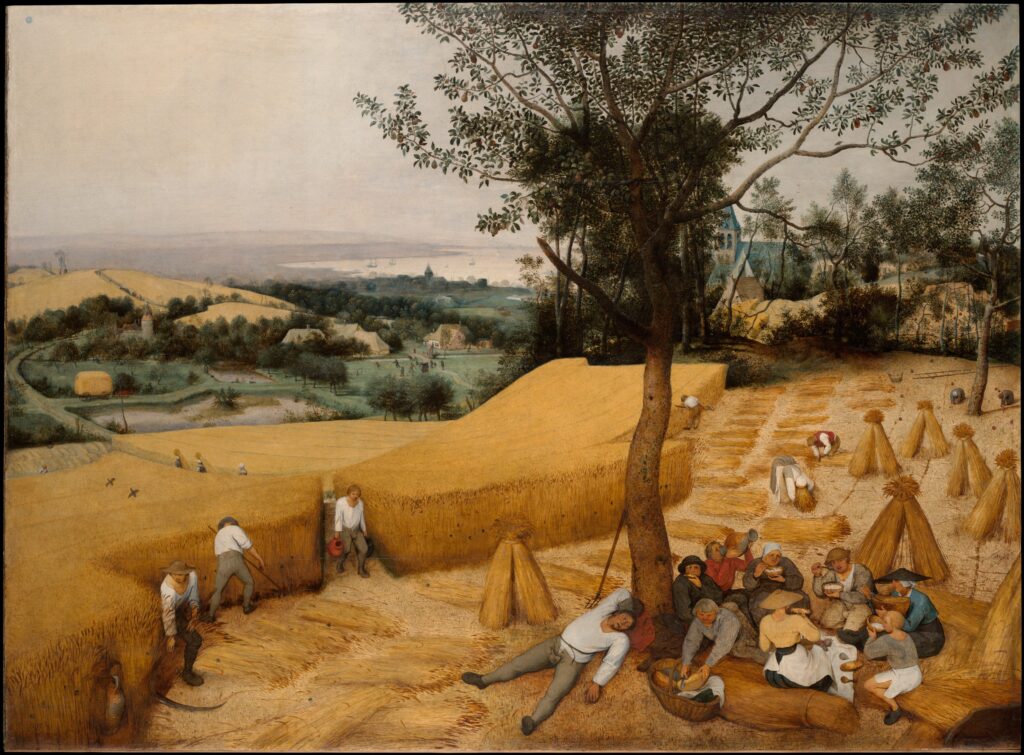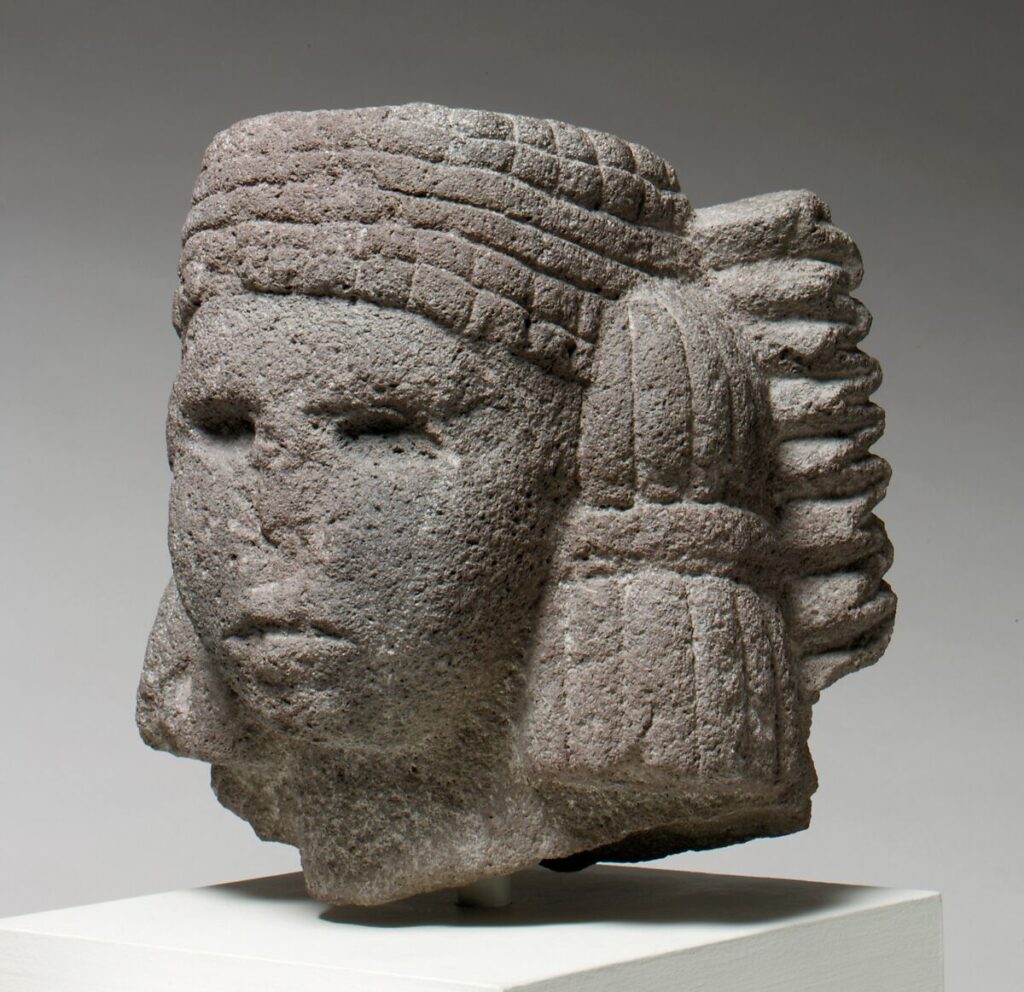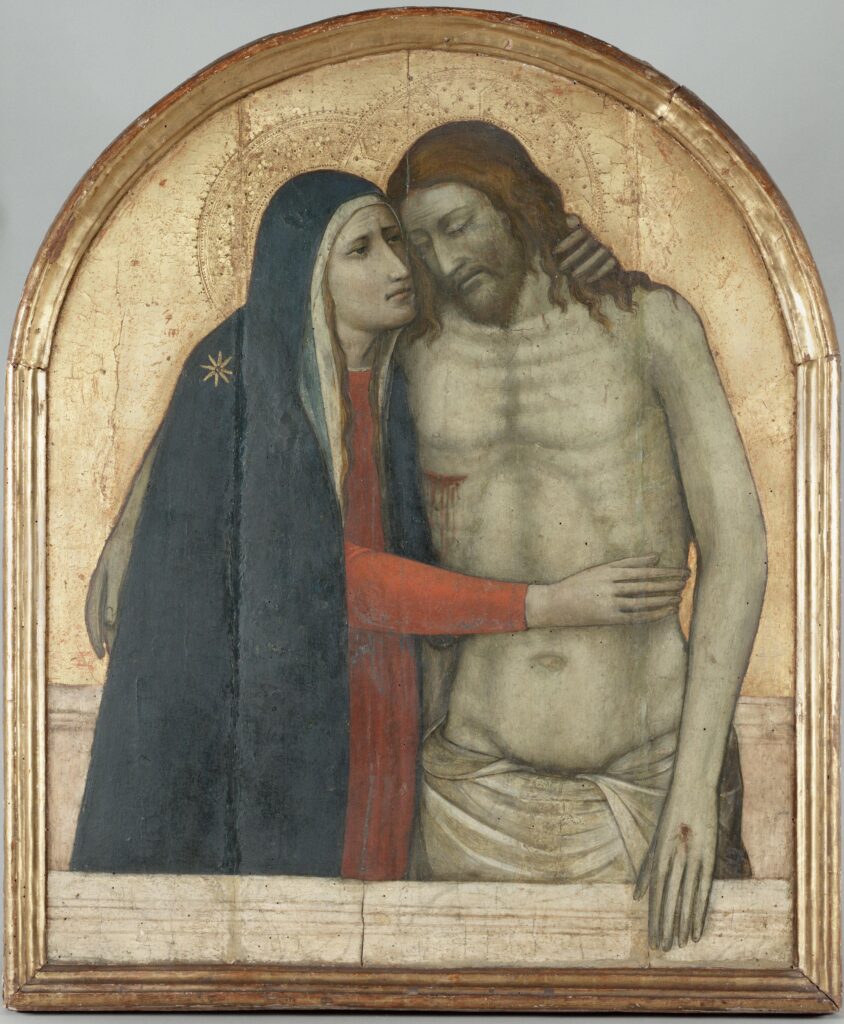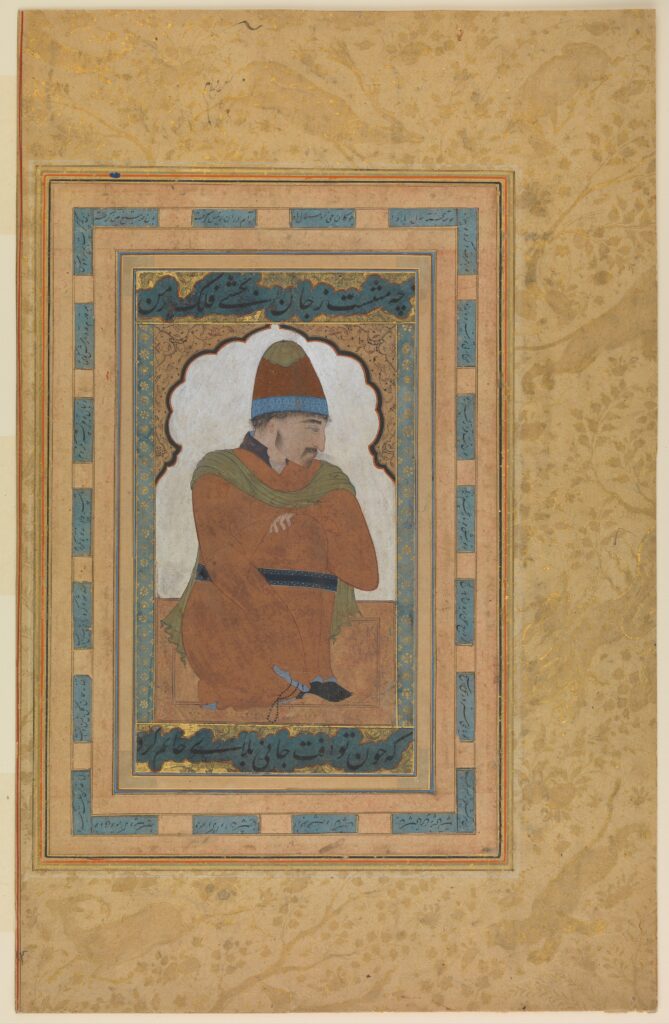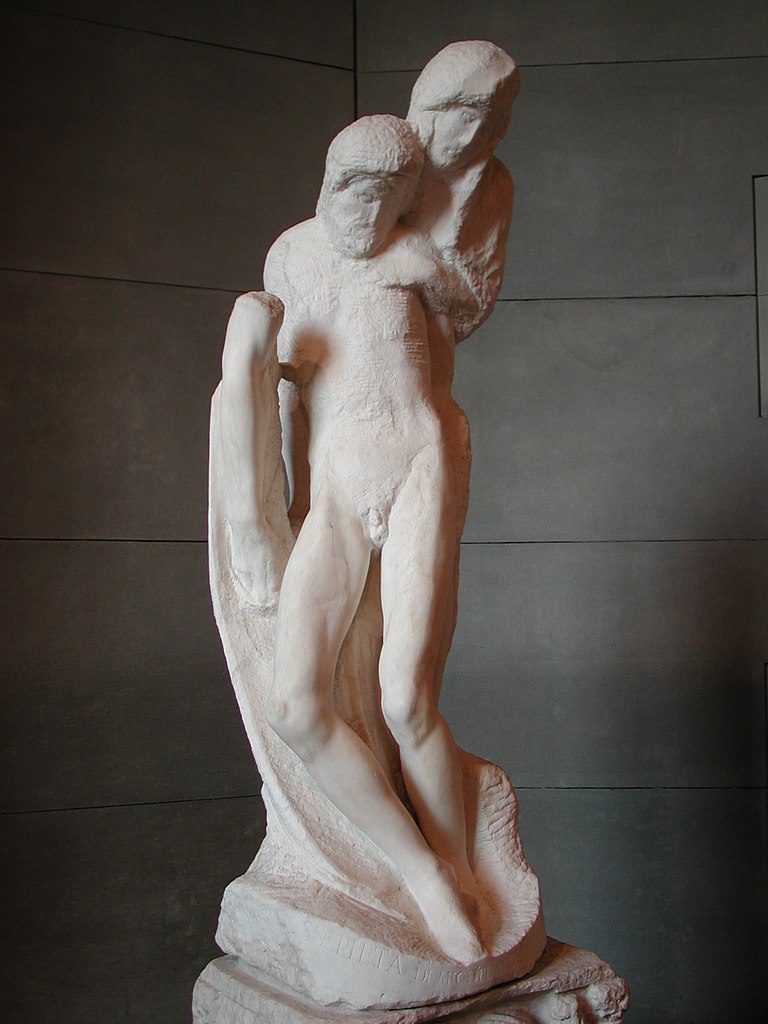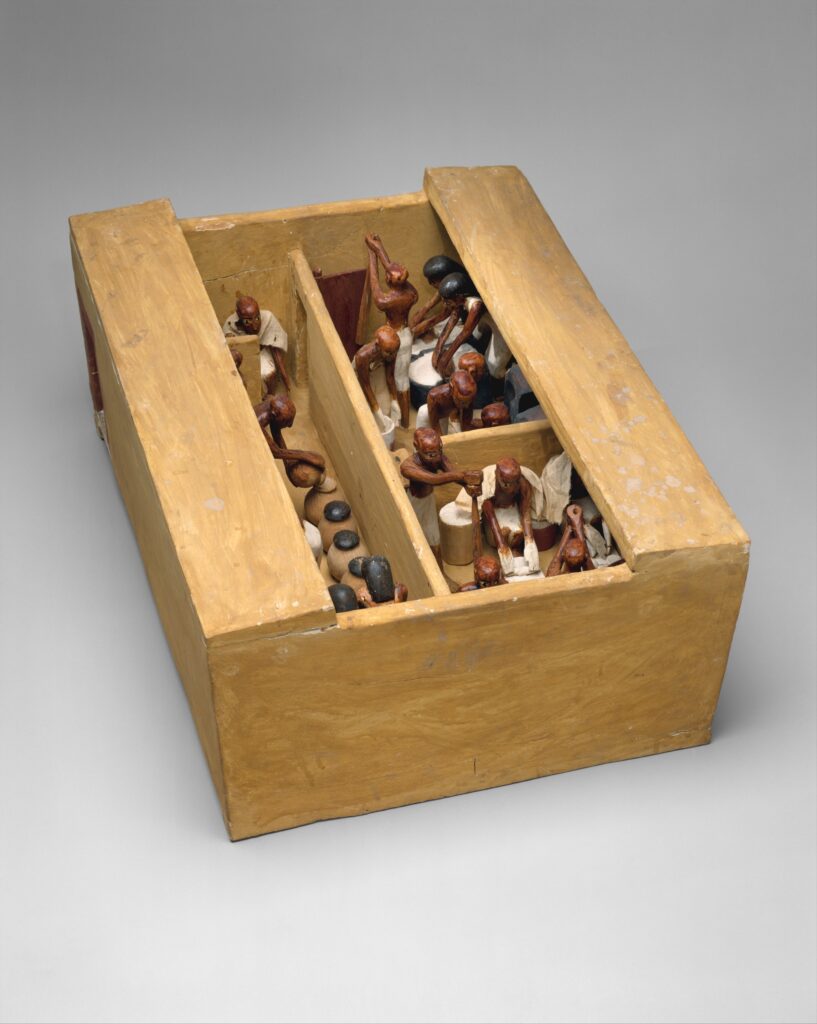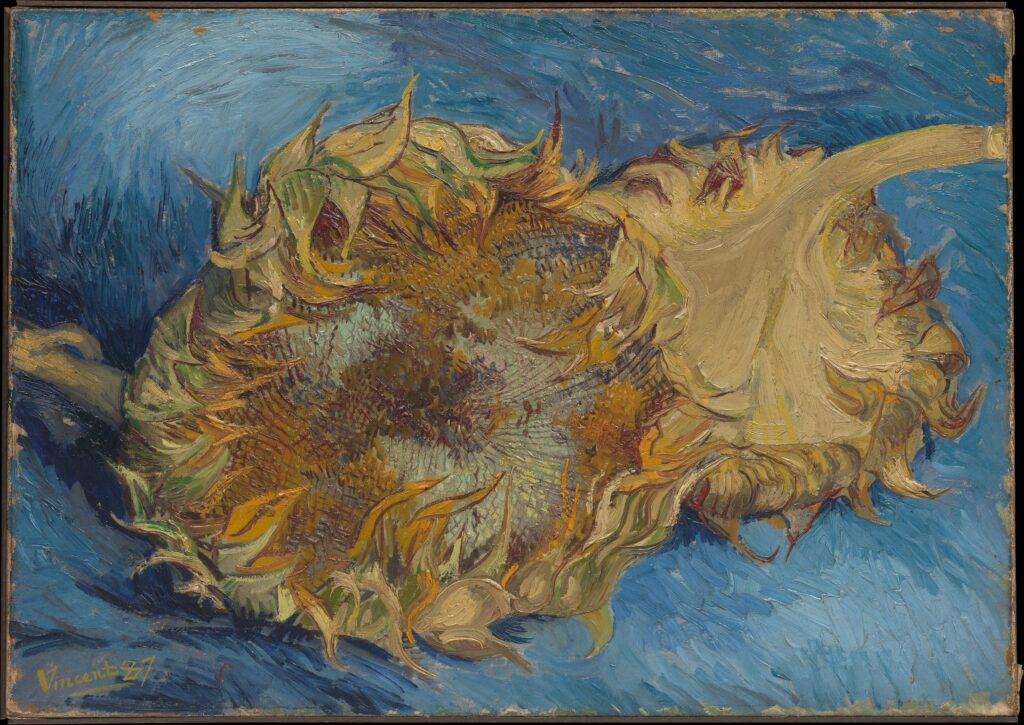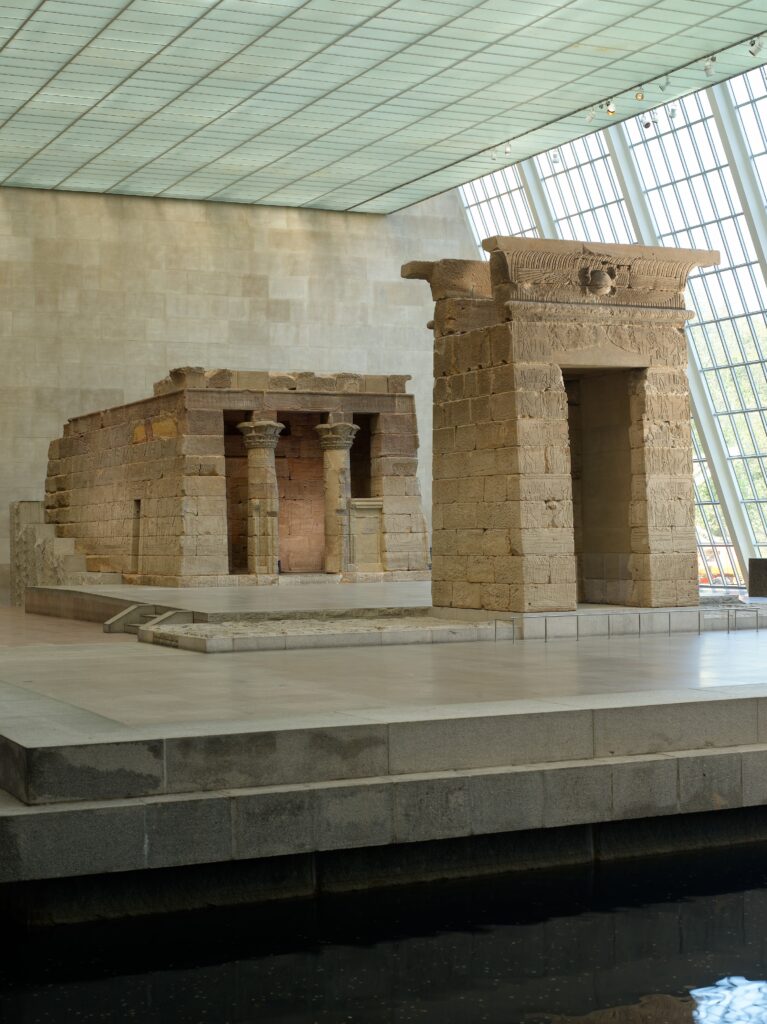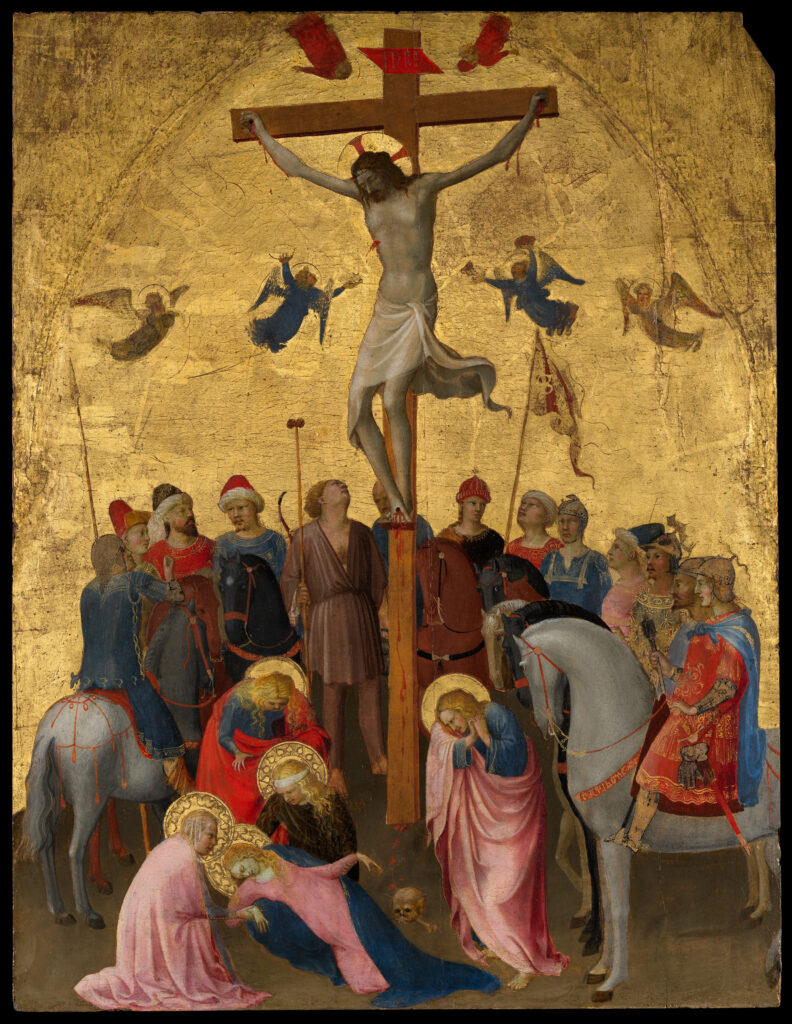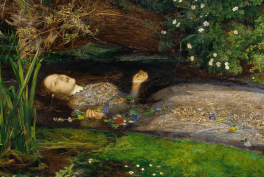I had lost someone. I did not wish to move on from that. In a sense I didn’t wish to move at all. In the Philadelphia Museum of Art [which the author had visited shortly after his brother’s passing], I had been allowed to dwell in silence, circling, pacing, returning, communing, lifting my eyes up to beautiful things and feeling sadness and sweetness only . . .
An idea was beginning to take shape in my mind. For years, I had noticed the men and women who worked inside New York’s great art museum. Not the curators hidden away in offices—the guards standing watchfully in every corner. Might I join them? Could it be as simple as that? Could there really be this loophole by which I could drop out of the forward-marching world and spend all day tarrying in an entirely beautiful one?
